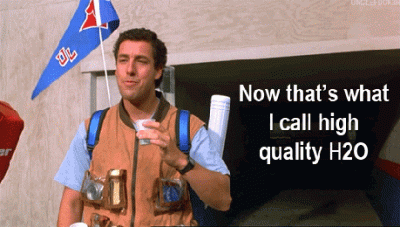No, Just a simple Spectrapure system. I've added a few canisters to it as I am on a well. I run 2 pre-filters of varying micron ratings and two carbon blocks. TDS is always zero but after reading your thoughts perhaps that ain't all there is to it?
Ok thats good then. one other thing to cross of the list first before we can really troubleshoot. Are you by any chance using Coarse ARM media in a calcium reactor?

















